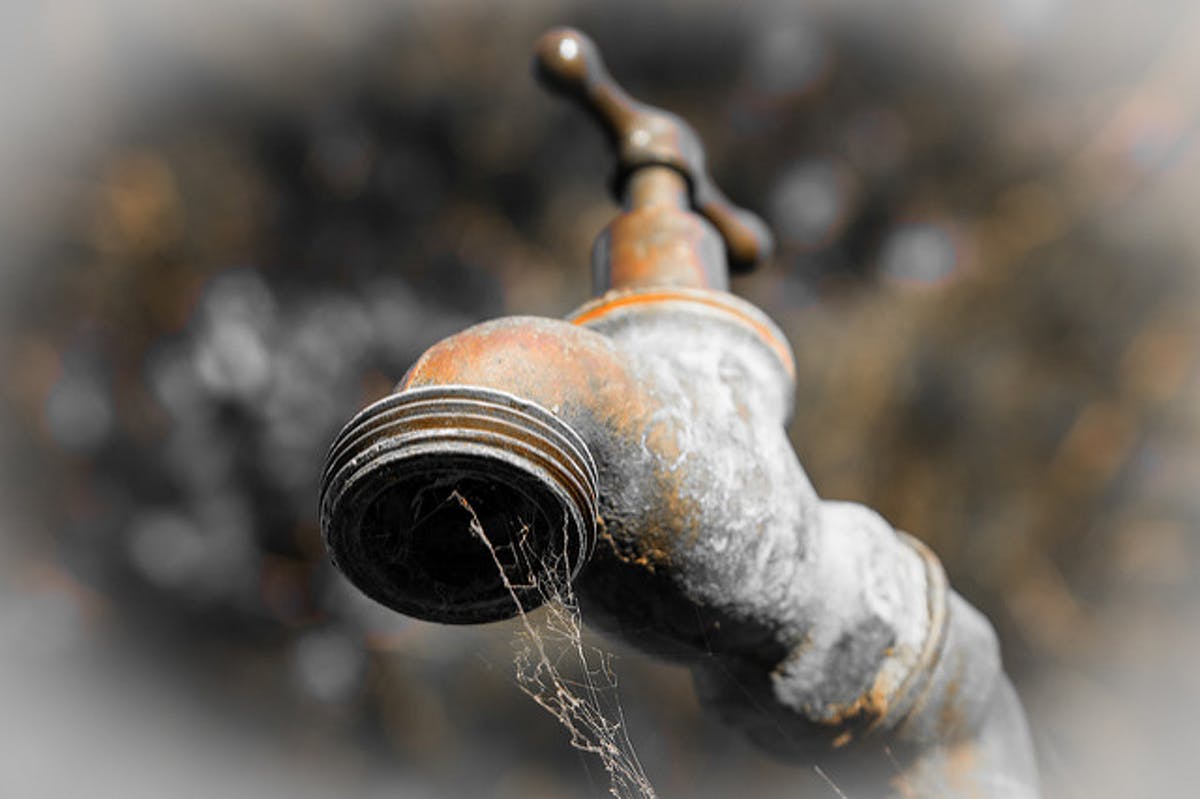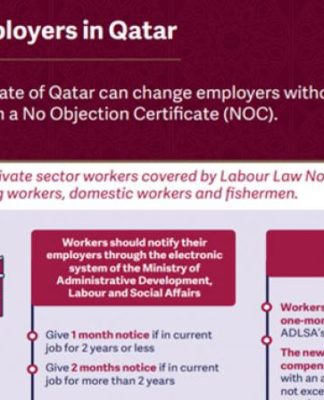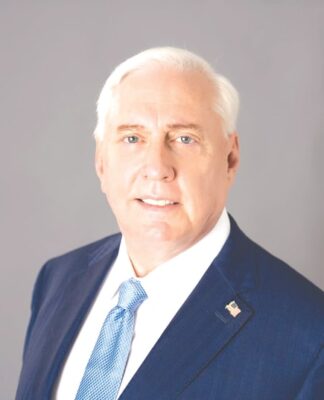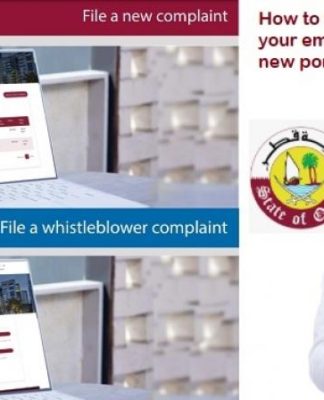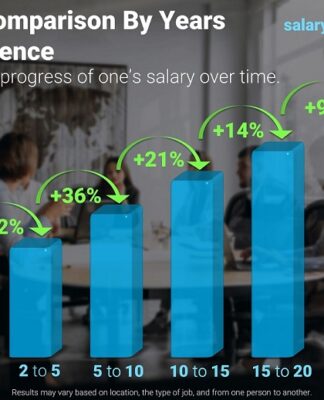
There’s nothing like a crisis to focus the mind. News of Capetown’s and Sao Paolo’s water shortage crises are all too familiar to Southern Californian’s recovering from their worst drought in history. When the Governor enforced an immediate 25 percent water reduction the year before last, it felt like I was told to slip into my high school blue jeans twenty years later. Depending on your water provider, some customers fared better than others.
So what did we learn and what more do we need to learn?
Regional cooperation among water providers is essential. Metropolitan Water District, the regional wholesaler to 19 million customers, invested an unprecedented $350 million in outdoor water efficiency. Seeing as more than 50 percent of water consumption goes to outdoor use, this investment went a long way toward ripping out water-guzzling lawns, replacing them with a rainbow of native plants, and installing catchment mechanisms to hold water onsite during future rains. Metropolitan’s largest customer, the City of Los Angeles, used the subsidy to reduce consumption by 20 percent among ratepayers and 25 percent institutionally across public streets, parks, and buildings.
Another customer, the City of Santa Monica showed that strong lines of communication helped institute new rate designs. The City achieved record-conservation by instituting water budgets for each customer based on the number of occupants and square footage of outdoor space. Customers were regularly informed about their consumption trends relative to prior use and to their neighbors. When customers exceeded their budgets, they were charged a fee. When they exceeded their budget multiple times, the City paid customers a visit. In fact, they reached out directly to the top 10 percent of users across the commercial, residential, and industrial sectors to provide tools and skills for achieving greater water efficiency.
Remarkably, the Inland Empire Utility Agency, a customer in one of the region’s hottest climates, had so much water they were selling surplus to neighboring agencies during the drought. How did they do it, you ask? The IEUA had invested $275 million in water resiliency over 20 years. They had developed regional water supplies, including state-of-the-art recycled water and groundwater recharge facilities, water use efficiency programs, and infrastructure improvements that avoided leaks.
To be sure, Californians suffered through the drought as well. Forty-nine already-disadvantaged communities in rural California lost water at the tap. Groundwater basins were depleted at such rapacious rates for agriculture that the ground sunk damaging infrastructure and buildings atop. Drought-stricken forests left nearly 100 million trees vulnerable to the ravages of a bark beetle epidemic.
The drought was painful for many and continues to be felt. But, a major takeaway is regions must plan for scarcity. Inter-drought periods are becoming shorter and water providers won’t have time to implement new policies or projects when the next drought arrives. And if there’s one thing we can be certain of it’s that the next drought is coming.










